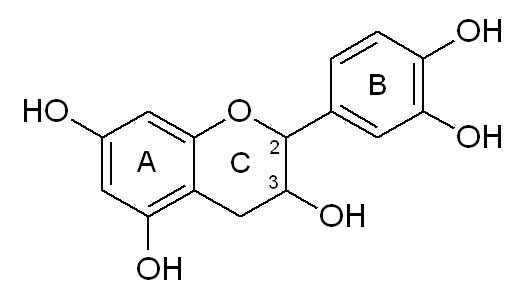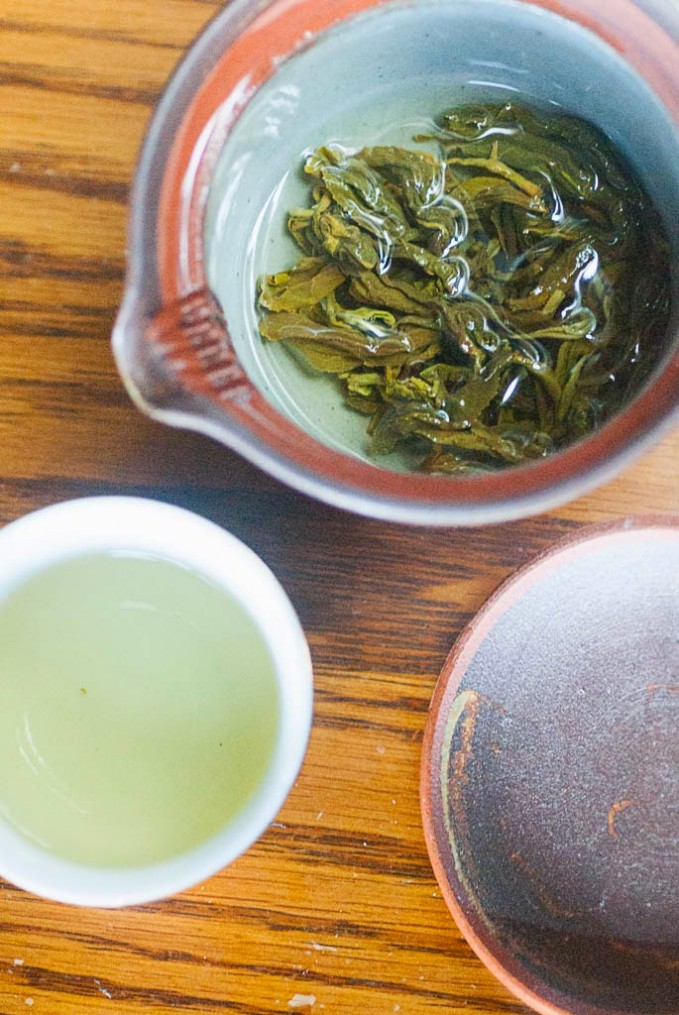Discover Tea, Health Benefit of Green Tea
How can I tell if my green tea has polyphenols, antioxidants, EGCg, flavonoids or catechins?
Green tea is well known for its antioxidants and health benefits, but how can you tell how much antioxidants and polyphenols you are consuming from your cup of green tea?
First, let’s define what all these terms are. Polyphenols, antioxidants, EGCg, flavonoids and catechins,.
Antioxidants are molecules commonly found in many natural and synthetic sources. Fruits and vegetables are good natural sources of antioxidants. Antioxidants can neutralize free radicals which can cause damages to the cells in your body. Some vitamins such as vitamin C and E are also antioxidants effective for fighting free radicals. Some synthetic antioxidants, or commonly called preservatives such as BHA and BHT are used in extending shelf life of foods.
Polyphenols are common types of chemicals naturally occurring in plants, which are rich in antioxidants. Spices, herbs, berries, cacao, beans, nuts and red wine are well-known examples of foods that are high in polyphenols.
Flavonoids are a subcategory of polyphenols that gives bright colors in fruits and vegetables. Isoflavones are type of flavonoids found in soy beans and soy products. Anthocyanins are also type of flavonoids found in many dark colored fruits and vegetables like blueberry, black berry, Okinawa sweet potatoes and red wine.

Catechins (molecular image above) are type of flavonoids that has molecular structure of flavan-3-ols. Some foods rich in catechins include apples, fava beans, and cacao. Green tea contains 4 main types of catechins. Epicatechin (EC), Epigolocatechin (EGC), Epicatechin gallate (ECg) and Epigalocatechin gallate (EGCg).
EGCg, Epigalocatechin gallate, is a most abundant catechin found in tea. Highest concentration of EGCg is found in green tea, while EGCg is converted to theaflavins and thearubigins in black tea. EGCg is most widely cited in scientific research for green tea health benefit.
How to taste polyphenols, flavonoids, catechins and EGCg?
Polyphenols typically has bitter or astringent taste. Tea in its pure form without milk or sugar added taste bitter and astringent. This mainly comes from two types of chemicals. Catechins and Caffein. Catechins are generally more astringent while caffein has more sharp bitterness on your tongue. You can easily taste this from pure caffein powder. Astringency of catechins and EGCg in high concentration taste more like unripe fruits that gives unpleasant feeling in your mouth. In low concentration, it gives mild tingling sensation on your palate and tongue.
Your typical cup of tea contains this green tea flavonoids as well as other flavors such as richness and sweetness from amino acids, bitterness and astringency from caffein and catechins, and also grassy and hay like taste and even extra roasting to give more pleasant experience. Often times astringency is harder to detect by sweet rich taste of amino acids and extra nutty taste from roasting. It’s still there, you just taste less.
How can you increase catechins and EGCg in your cup? How can you taste more catechins?
Assuming that you have good quality green tea to start with, you can steep in the following ways to increase concentration of green tea flavonoids. Many people have already had bad experience with green tea being too bitter, they are basically doing some or all of the following things.
If your tea is coming out too bitter, you might also like to know
how to make your tea less bitter.
What you can do at home….
Water temperature
Typically, green tea flavonoids including EGCg are water soluble and can be extracted more with higher water temperature. Steeping same tea for 1 minutes at 140F and 200F produce EGCg concentration to nearly double at higher temperature. Caffeine also follows similar pattern as EGCg.
Steeping time
Longer steeping time naturally makes tea taste stronger. This includes EGCg, caffeine, theanine and other amino acids. Each individual flavor becomes stronger, but not evenly. Bitterness and astringency are more pronounced in overall flavor profile. Although you get more of everything, generally your tea tends to get more bitter and astringent than sweet and rich.
The amount of tea leaf
The more tea leaf you put in, the higher the concentration of tea and respective tea flavonoids are.
Choosing the right tea at stores….
Of course, not all green teas are made same. Some contains more flavonoids while others less. Tea flavonoid concentration can also be increased by choosing harvest quality, harvest timing and harvest seasons of tea.
Harvest quality (leaf size and tippiness)
The more tippy the harvest is, the higher concentration of flavonoids is. Typical tea bags don’t usually have young tips. They take more labor to pick and don’t usually come cheap.
Harvest season
Spring harvest tends to be lower in tea flavonoids than summer harvest. Summer harvest typically happens during hotter months and more intense sun exposure. Remember that sun exposure increases tea flavonoids? Conc. tea flavonoids: 1st flush < 2nd flush < 3rd flush ….
Harvest timing within each harvest season
Each season tea starts with small tips. As tips grow and more leaves emerge, flavonoids get distributed to open leaves and become more diluted in each leaf. The earlier the pick within harvest season, the higher the concentration of tea flavonoids is. Tea flavonoids on May 1st harvest tends to be higher than on May 15th harvest or Aug. 1st higher than Aug. 15th.


